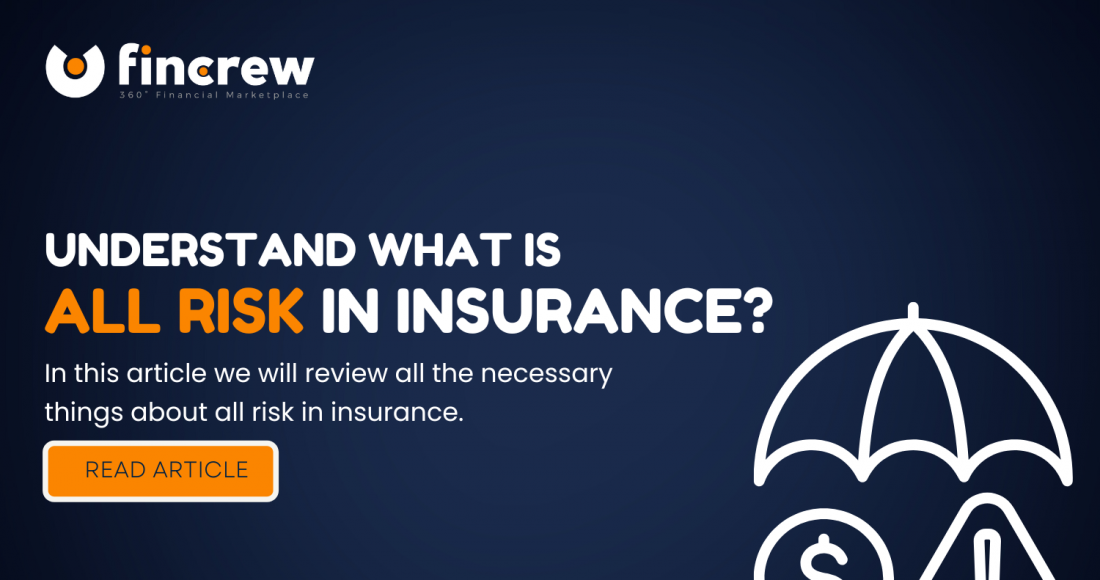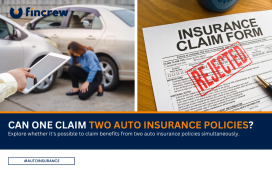It would be frustrating to spend a lot of time and money replacing your aging roof only to have a large maple tree invade it during the winter. In that situation, what do you do? Do you have to start saving all over again? No way. That’s when all risk coverage on your home policy comes into play. In this piece, we will review all the necessary things about all risk in insurance.
What Is All Risk In Insurance?
A basic definition of “all risks” is insurance covering any risk not explicitly excluded by a contract. In this case, flooding will be covered in an “all risks” homeowner’s policy if it does not expressly exclude it.
Understanding All Risks
The two most common forms of property insurance providers provide for homeowners and businesses are named perils and “all risks.” A called perils insurance contract only covers the perils stated explicitly in the contract. An insurance policy might stipulate that they will cover losses caused by fire or vandalism. Therefore, an insured who suffers loss or damage from flooding cannot file a claim with the insurance company, as flooding is not a peril under the insurance contract. A named-perils policy places the burden of proof on the insured. Under an all risk policy, the insured is under its protection against all perils, except for those expressly excluded. In contrast to named perils policies, all risks policies do not offer details about the risks covered but instead outline those excluded. By doing so, the policy will automatically cover all perils not explicitly outlined in the policy. Several hazards excluded from “all risks” include earthquakes, wars, government seizures and destructions, infestation, pollution, nuclear threats, and market loss. The customer can pay a floater or rider premium to cover any excluded event under the “all risks” policy; the customer can pay a floater or rider premium.
What Does All Risk Insurance Cover?
These are usually the things that we refer to when we speak of perils and risks:
- Damage caused by water.
- Burst or frozen pipes.
- The injury usually occurs from sewer backups (be sure to check your insurance policy carefully).
- Damage caused by smoke and fire.
- A bolt of lightning strikes.
- Hailstorms and windstorms.
- Theft and vandalism.
- Winter season, such as snow, ice, and sleet.
- Vehicle, watercraft, or aircraft impact.
- Riots or other civil disturbances.
- Electrical damage caused by accident.
Despite “all risk” insurance’s name, some coverage is still considered separate. They are considered exclusions; if they aren’t covered, all the more reason to read the fine print carefully. A homeowner’s liability insurance always covers injuries that occur on their property; a claim will prevail that way only if the homeowner can demonstrate negligence. The policy does not cover liability issues by all risk insurance. Please check your policy to find out what is covered and what isn’t.
Which Risks Aren’t Covered By All Risk Insurance?
Even though they are called all risk contracts, exclusions are pretty standard. That is why all risk insurance policies are sometimes called comprehensive insurance or even “open peril” coverage.
- Here are some of the exclusions:
- There is general wear and tear.
- Atomic or nuclear incidents.
- War.
- Terrorism-related damage.
- Damage caused by pests (i.e., rodents and termites).
- Pollution.
- Market loss.
- Mechanical breakdown.
- Theft committed by employees.
- Explosion in a boiler.
- Water flowing overland (flooding).
- Quakes.
A Few Special Considerations
To ensure the insured’s protection from the full range of loss events, “all risks” coverage is proportionately more expensive than other policies. This type of insurance should, therefore, weigh against its likelihood of being claimed. You can have both named perils and “all risks” in the same policy. An insured may, for example, have a property insurance policy that covers all risks coverage for their building and named perils coverage for their personal property. Read any insurance agreement carefully to ensure that the policy excludes certain things. It is essential to remember that “all risks” does not necessarily mean that the policy covers “all risks,” as the exclusions limit the level of coverage. If you are considering a new approach, make sure you check its exclusions.






